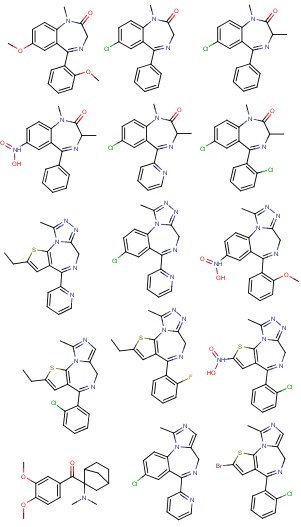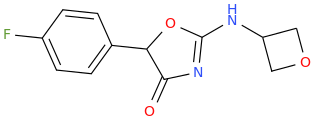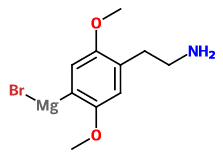Swerlz
Bluelight Crew
- Joined
- Sep 22, 2006
- Messages
- 11,898
Shulgin did some research with deuterated 2c'd
The effects of 4-D and beta-D are similar to one-another, both as to dosage and effect. And with both, there is a close parallel to those reported from mescaline. It is reasonable to assume that the human body handles these materials in the same manner, although no metabolic studies have ever been published.
A similar deuterium substitution pattern is of course completely feasible with TMA and related 3,4,5-trimethoxy-substituted analogues. Some studies have supported the idea that the ability to remove methyl groups from such aromatic ethers might be correlated to endogenous schizophrenia. It is possible to imagine that, in such individuals, the effects of substituting trideuteromethyl groups for normal methyl groups might result in psychopharmacological differences of action. Two reports exist that describe metabolic products of mescaline that have lost this methyl group on the 4-position oxygen. It is possible that these might be produced in abnormal quantities in mentally ill subjects. There are also similar reports of the 3-methoxyl group being demethylated in man. Here, studies with 3,5-D (3,5-bis-trideuteromethoxy-4-methoxyphenethylamine) might reveal some differences in quantitative responses in man. These are extremely minor metabolites, however. I suspect that more extensive studies will establish that 4-D, 3,5-D and beta-D all have properties indistinguishable from one-another, at least in healthy subjects.













